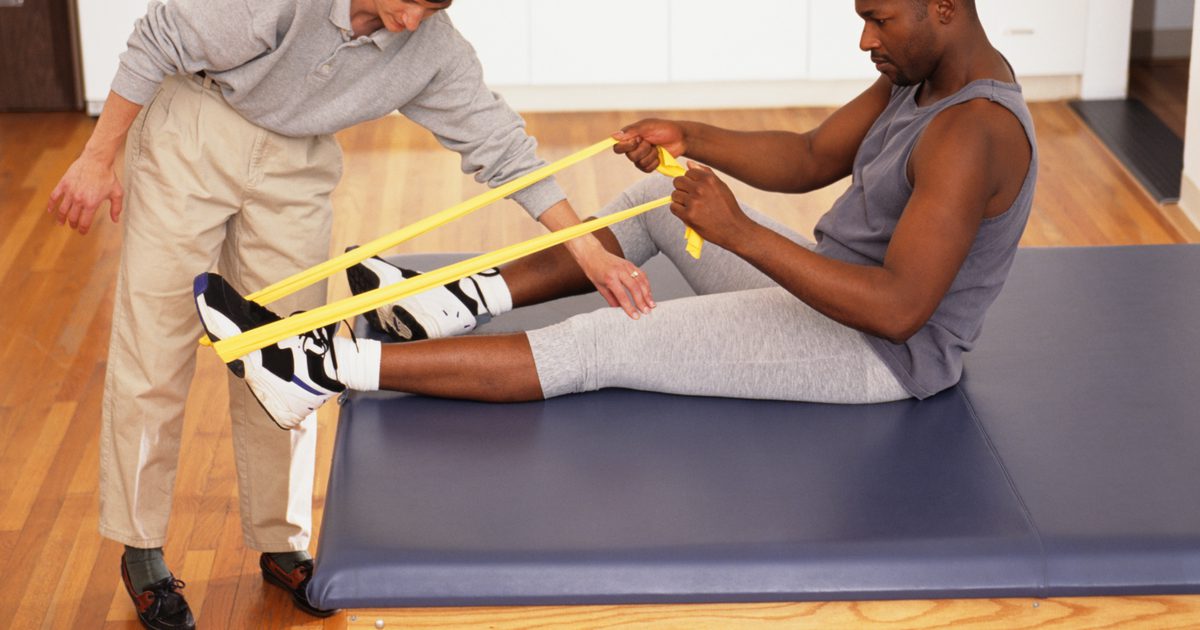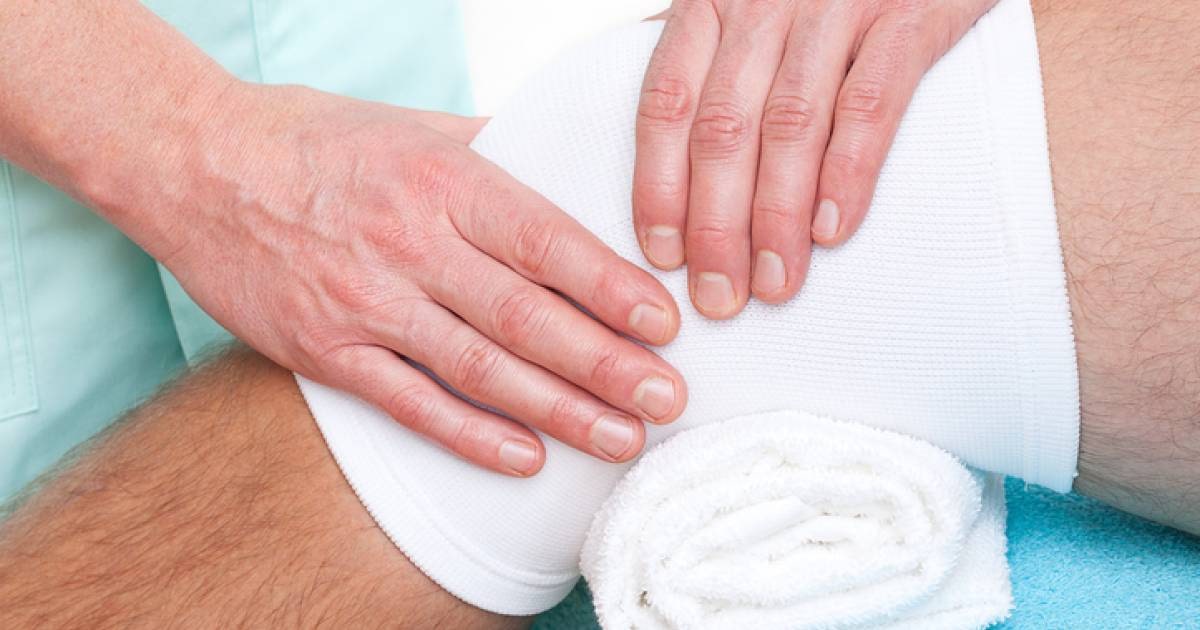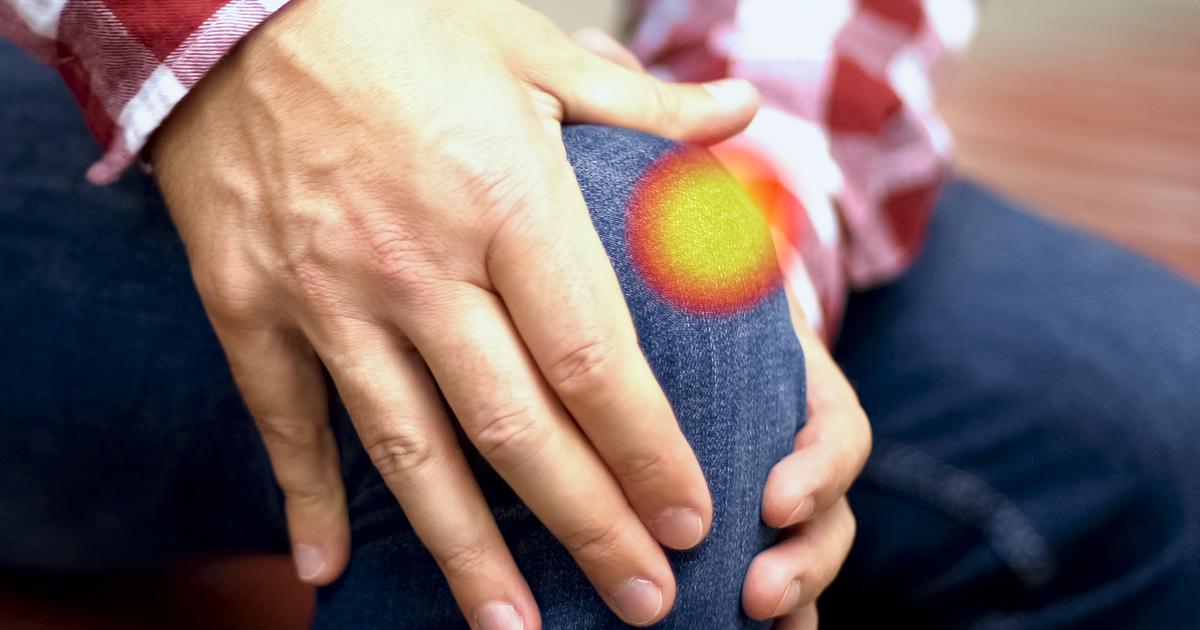Health Benefits Of Physical Therapy
Physical therapy is a medical practice with multiple proven health benefits. Not everybody needs physical therapy, though if individuals suffer an injury, they'll often benefit from some form of physical therapy during their recovery. Additionally, a variety of chronic illnesses and degenerative diseases can be treated through physical therapy. A physical therapist is an expert in movement who helps optimize a patient's quality of life through education, hands-on care, and prescribed exercise. When individuals undergo physical therapy, the therapist will go over their medical history, range of mobility, and goals. Different treatment techniques can be used to promote a patient's ability to move, restore function to portions of the body, reduce pain levels, and prevent or slow the progression of disability.
Get the details on some major health benefits associated with physical therapy now.
Increase Mobility

One of the most common reasons individuals undergo physical therapy is to increase their mobility and balance. Following surgery or a serious injury, there's usually a resting process to the recovery. During this process, the injured area might not be moved often so it can heal. This lack of mobility can cause the joint to stiffen and the muscles and tendons to shorten, which reduces an individual's range of motion. When patients undergo physical therapy exercises, their physical therapist will help lengthen and strengthen the muscles while encouraging a fuller range of motion in the joint. The same is true of patients who have impaired mobility because of chronic or degenerative illnesses like arthritis. If an individual's joints have stiffened, a physical therapist can help gently loosen them over time through stretching and strengthening exercises. For patients who struggle to maintain their balance, physical therapy can help them strengthen the involved muscles and become used to their gait. A variety of therapeutic exercises can make walking and mobility easier and safer.
Read more about the health benefits of physical therapy now.
Promotes Injury Recovery

Physical therapy promotes recovery from injuries. Not only is physical therapy highly recommended for many injuries, but many experts say it is crucial to recovering from sports injuries. For athletes to regain and retain the same strength they had before the injury, they need to use a specialized program by a physical therapist. Some injuries are severe enough that it's impossible for the body to ever regain the total muscle mass and range of motion it used to have. But physical therapists can help patients get as close as possible. In the same vein, physical therapy is vital for a manual laborer who has suffered a physical injury. To get back into shape to go back to work, a physical therapy regimen is crucial. Sports injuries are caused by a variety of contributing factors. Experts say a lack of conditioning, inadequate warm-ups, and poor training methods or forms can all be part of the injury. In addition, overuse and fatigue can be significant contributing factors to sports injuries in athletes.
Discover additional physical therapy health benefits now.
Reduces Pain

When individuals are experiencing pain, especially chronic pain, their instincts might tell them they should rest, and moving might seem like an unbearable prospect. But studies have shown movement and exercise are often quite helpful for several types of chronic pain. Physical therapy won't help with all types of pain; for example, pain related to chronic fatigue syndrome or fibromyalgia is likely to be exacerbated by exercise because those conditions cause exercise intolerance. However, for conditions that don't cause exercise intolerance, physical therapy is often an essential part of managing pain. This kind of therapy has been successfully used to alleviate chronic headaches, osteoarthritis, rheumatoid arthritis, and neuropathic pain. Neuropathic pain is pain caused by damage to nerves or the surrounding tissues. Chronic pain patients often develop weakness because they aren't able to move as often as able-bodied individuals. One of the main goals of physical therapy is to help strengthen their bodies without causing increased fatigue and pain. Physical therapy for chronic pain can include massage, cold laser therapy, movement therapy, exercise, microcurrent stimulation, and manipulating the bones and joints.
Learn more about how physical therapy is beneficial to health now.
Helps With Stroke Recovery

Physical therapy is one of the main treatments that help with stroke recovery. The exact form physical therapy takes will vary from patient to patient, and it depends on the effects the stroke had on their mobility and other areas of the brain. Stroke recovery will typically involve in-person physical therapy sessions along with an exercise regimen to be followed at home. Physical therapists may give patients stroke rehab exercises to strengthen both their body and mind. Instead of using normal strength training exercises, stroke rehab exercises focus on using repetition to rewire the brain and reteach patients to control their movements. The single most effective way to improve movement following a stroke is to engage in repetitive therapeutic exercises. If patients are struggling with leg or arm paralysis, their physical therapist might incorporate a therapy called constraint-induced movement therapy. During this therapy, the unaffected limb is constrained, which forces patients to use the paralyzed limb. Over time, their brain rewires connections and reteaches itself to use the paralyzed limb.
Get more details on the health benefits linked to physical therapy now.
Helps Patients Avoid Surgery

Physical therapy can help some patients avoid surgery, and even if patients do need surgery eventually, doing physical therapy beforehand can sometimes improve the efficacy of the surgery. The role physical therapy plays in a patient's surgery or lack thereof will vary depending on their circumstances. Some individuals who suffer from lower back, knee, and shoulder pain can avoid surgery through physical therapy. If patients have a small to medium-sized rotator cuff tear, a physical therapy regimen might render surgery unnecessary. Physical therapy has also been proven effective enough for arthritic knees that many patients may not need surgery. In cases where the arthritis is degenerative, physical therapy may prolong the amount of time before surgery becomes necessary. Meniscal tears in the knee can also be improved with physical therapy, provided the tear doesn't cause catching or locking in the knee. Physical therapy can also be used to manage spinal stenosis to avoid surgery or prolong the time before surgery.